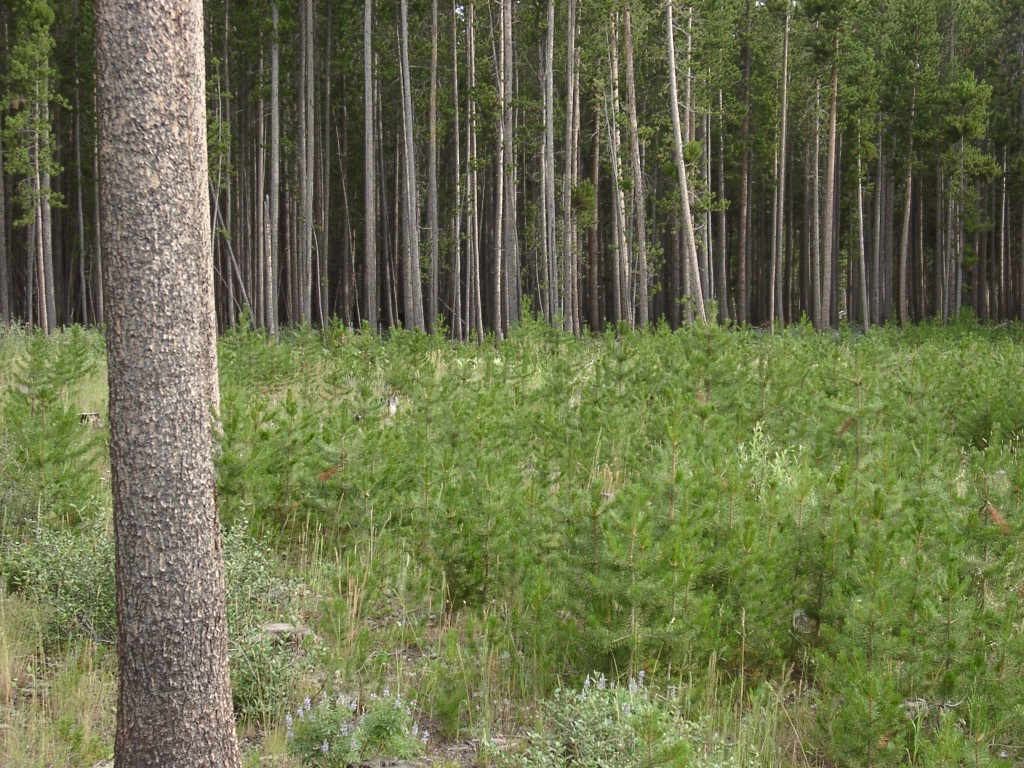Lodgepole pine (LP)
Lodgepole pine is represented by three subspecies with a broad geographic coverage of around 26 million hectares in Canada and the USA. They are a relatively fast-growing fire adapted species, and their broad natural distribution offers adaptability to a wide range of ecological and environmental conditions.
Lodgepole pine have been widely trialled in Britain, but poor provenance choice resulted in trees with very poor form, that were difficult and costly to manage. In addition, lodgepole pine was widely planted in afforestation schemes on challenging upland peats. These sites are now recognised as ecologically important, and much cost and effort were and still is being put into removing the trees and restoring the habitat. Add its susceptibility to Dothistroma needle blight, lodgepole pine has somewhat fallen out of favour with foresters and landowners. Improved knowledge on provenance choice and the silvicultural use of this species means it does still have a place in forest diversification.
Lodgepole pine is categorised as a Principal tree species. These are species where silvicultural knowledge provides confidence to enable their successful deployment across Britain. The species are either already widely used or are increasing in usage. They will continue to be important unless affected by a new pest or disease or become adversely affected by climate change.
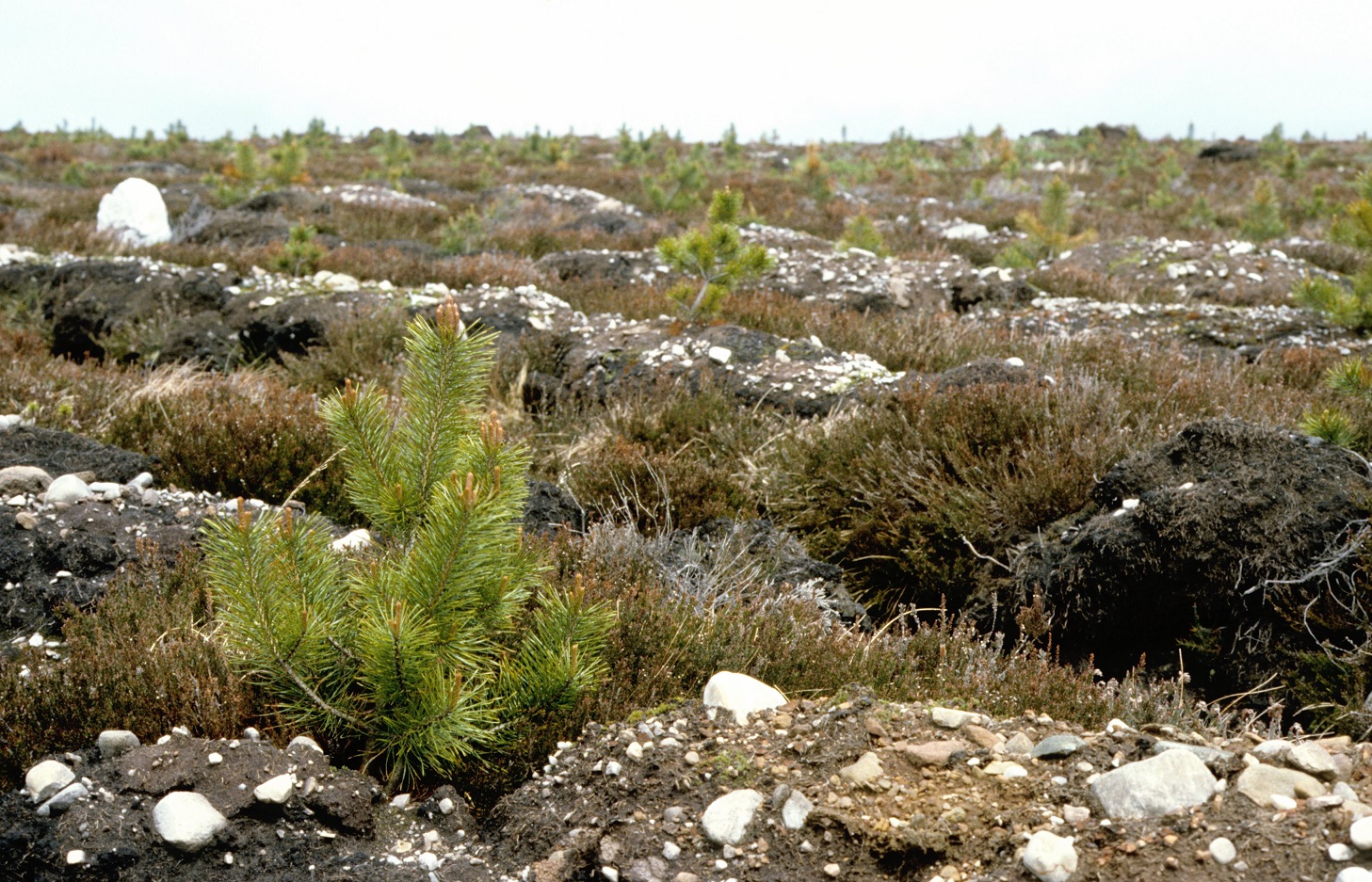

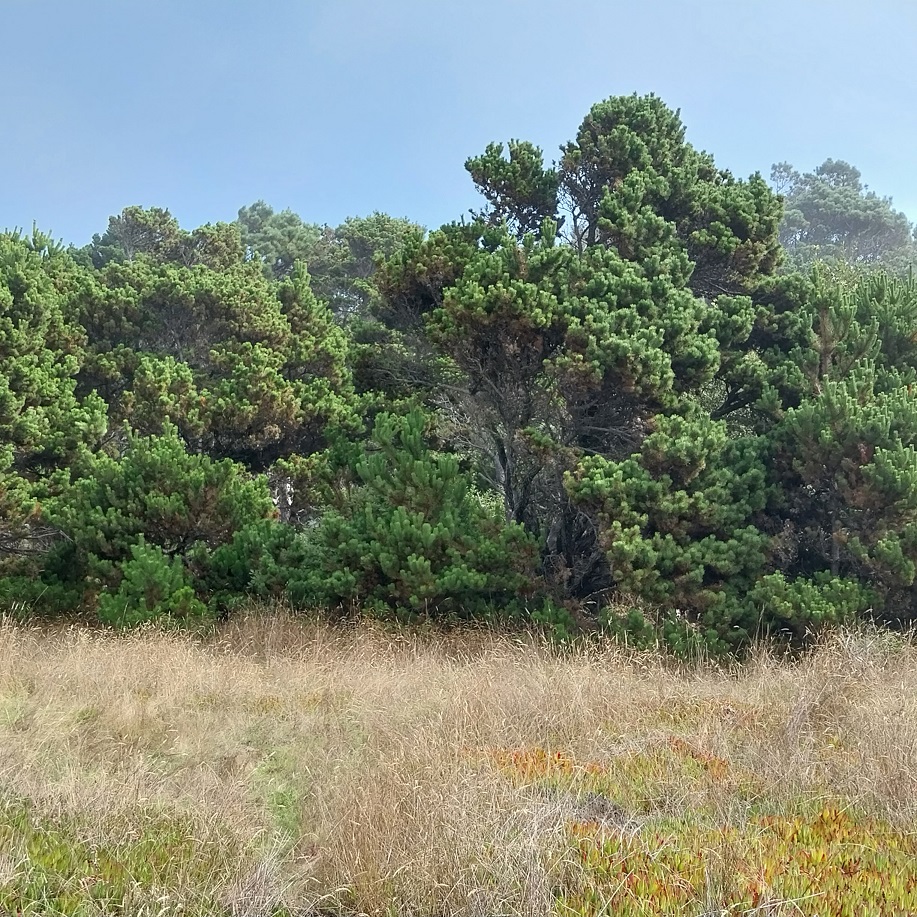
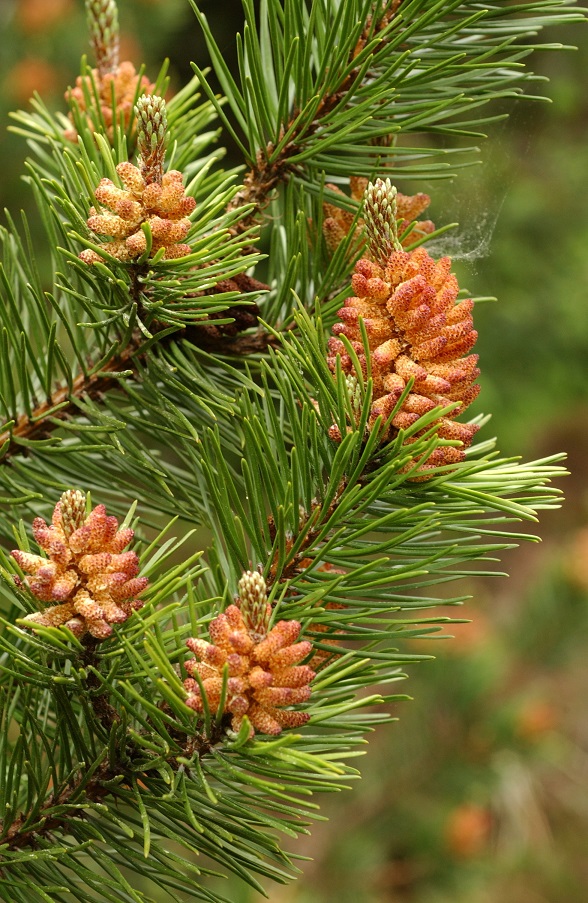
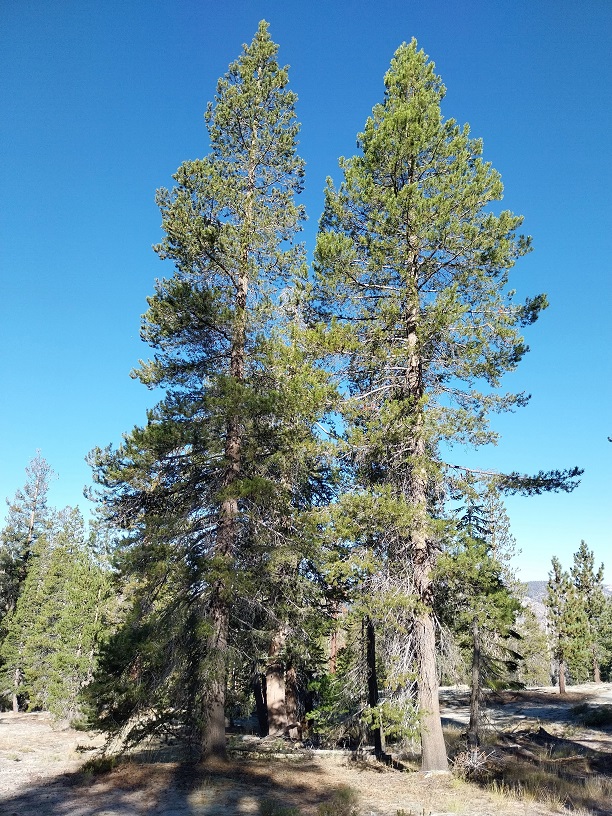

Range
Native to western North America and Canada with an extensive natural range from Alaska in the north to California in the south and from the Pacific coast to the east of the Rockies.
There are three recognised subspecies:
subsp. contorta (Shore pine (Kral 1993)). Distributed in the USA along the Pacific coast from Alaska to NW California and in British Columbia, Canada: growing in the Pacific fog belt, bogs, and dry foothills from sea level to 600 m asl. This is the typical subspecies, and the one responsible for the species’ epithet contorta.
subsp. latifolia (Lodgepole pine (Engelm.) Critchfield). Rocky Mountains and the most widely distributed of the subspecies. Growing in montane and subalpine forests often to the treeline between 100-3500 m asl.
subsp. murrayana (Sierra lodgepole pine (Kral 1993). Distributed along the Sierra Nevada, Cascade and Klamath Mts. of: USA: Washington to Baja California. Montane forests between 400-3500 m adapted to tolerate low intensity fires. The largest and oldest of the lodgepoles sometimes reaching 35 m height and 60 cm dbh.
Provenance Choice
Because of the extensive natural range, there is appreciable variation in form and vigour between provenances and subspecies. South coastal origins should not be used, while Alaskan provenances are best suited for use in nursing mixtures. If pure stands are being planted, then Skeena or other interior provenances should be used – expert advice will be helpful.
Site Requirements
Lodgepole pines are a pioneer and light demanding species which are adapted to and grow well on a wide range of nutrient poor soils from podsols through to peats. Its tolerance of acid peat soils explains its extensive use in upland afforestation and slower growing provenances (e.g., from Alaska) can be used as nurses for more sensitive species. It is resistant to winter cold, spring frost, exposure, air pollution and salt-laden winds, therefore suited to upland sites in north and west Britain. Interior provenances will tolerate dry conditions. The more vigorous and coarse coastal provenances can be seriously damaged by wind and snow.
Further detail on the site requirements of lodgepole pine in current and future climates can be examined using the Forest Research Ecological Site Classification Decision Support System (ESC).
ECOLOGICAL SITE CLASSIFICATION TOOL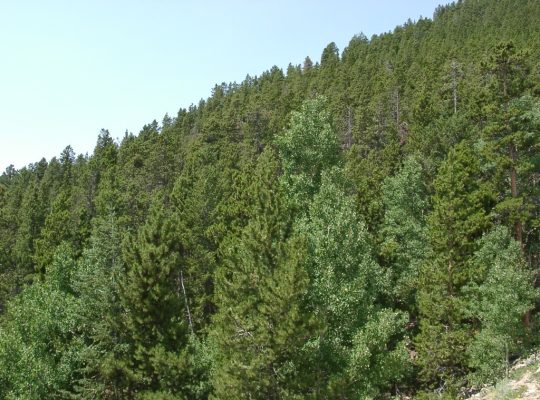
Silviculture
As a pioneer species, lodgepole pine can readily be established in open ground using bareroot or containerised seedlings. A target stocking density of 2500 stems ha-1 should enable the production of good sawtimber later in the rotation. Seedlings and young trees are vulnerable to browsing and bark stripping by deer. Likely productivity will be around 8 to 10 m3 ha-1 yr-1 on nutrient poor upland sites, but higher values can be expected on better soils. A typical even-aged rotation will be from 60 to 80 years, very similar to Scots pine. Regular thinning is desirable to open stands and reduce the risk from Dothistroma needle blight.
The root system of Lodgepole pine is generally shallow, but a taproot and vertical sinkers develop on well-drained sites. This shallow root system can make it susceptible to windblow particularly after thinning operations or adjacent felling.
The species forms pure stands on the poorest soils and can also be grown in nursing mixtures with other more productive species such as Sitka spruce – a natural partner in its native range. The light demanding nature of the species means that it needs large gaps for good seedling growth and is better suited to silvicultural systems that provide such gaps (e.g., shelterwood, seed tree or patch clear felling).
Coning in lodgepole pine can start at 20 years of age, and good seed crops occur at 3–5-year intervals. Therefore, the potential for natural regeneration is appreciable, particularly where there is adequate light and limited competition from ground vegetation. Dense natural regeneration should be respaced when the trees are 2-3 m tall to favour the better stems. This ability to regenerate readily on suitable site conditions can be useful but could also be considered as a potentially invasive species if not required.
Interest in this species has declined in recent decades reflecting the damage caused by Dothistroma, wind throw and perceived lack of commercial potential. However, it remains a useful option on wetter acid soils in western Britain both as a nurse species and on sites where Scots pine is problematic. Failing lodgepole stands can be restored to open peatland or converted to an open wet woodland containing species such as downy birch and willows.
Pests and Pathogens
As with other pines Lodgepole pine is susceptible to conifer root and butt rot (Heterobasidion annosum) although losses in plantations growing on peaty soils, especially under conditions of high rainfall, are likely to be negligible. Un-thinned stands have also proved vulnerable to the fungal disease red-band needle blight (Dothistroma septosporum).
As with many conifers, lodgepole pine is susceptible to damage from large pine weevil (Hylobius abietis).
See our other tools and resources
Further Resources
Internal
In addition to the general sources of information for species the following are useful for lodgepole pine.
Lines, R (1996) Experiments on lodgepole pine seed origins in Britain. Forestry Commission Technical Paper 10, Forestry Commission, Edinburgh.
External
In addition to the general sources of information for species the following are useful for lodgepole pine.
Plants database, Pinus contorta. United States Department of Agriculture, Natural Resources Conservation Service. USDA Plants Database. Accessed 14/12/2023.

